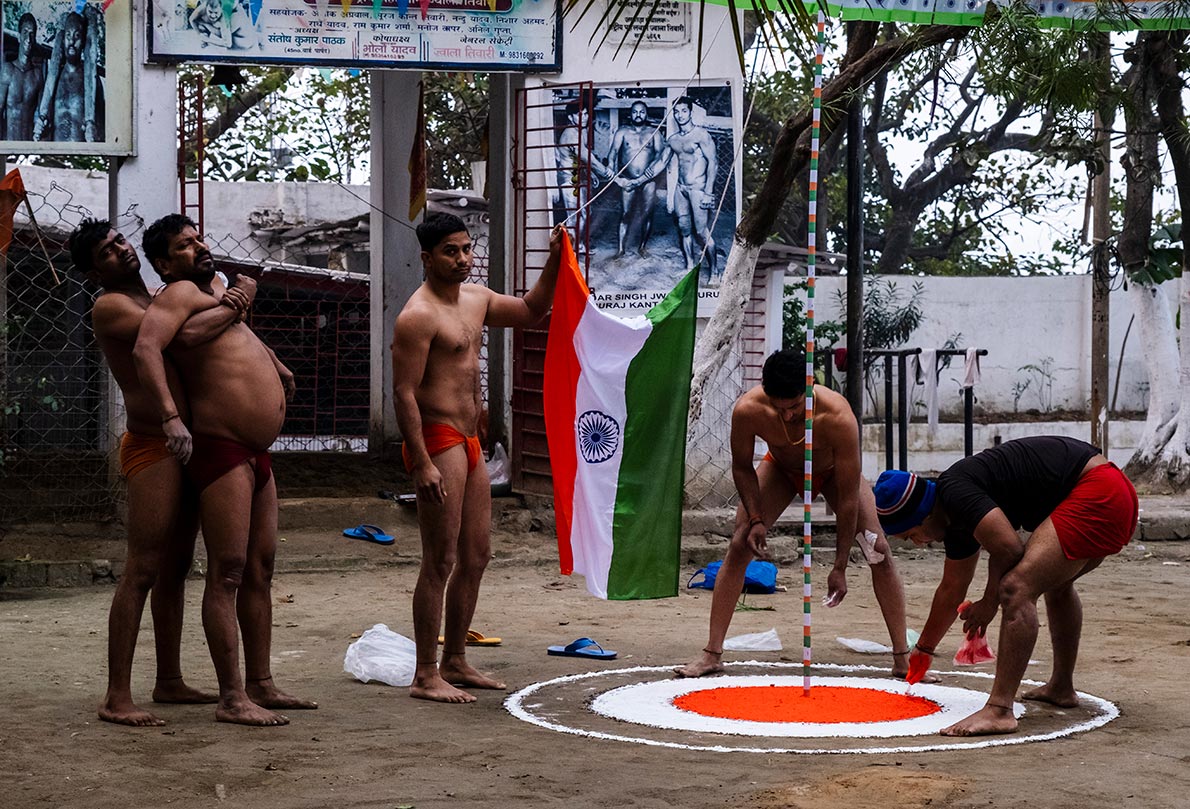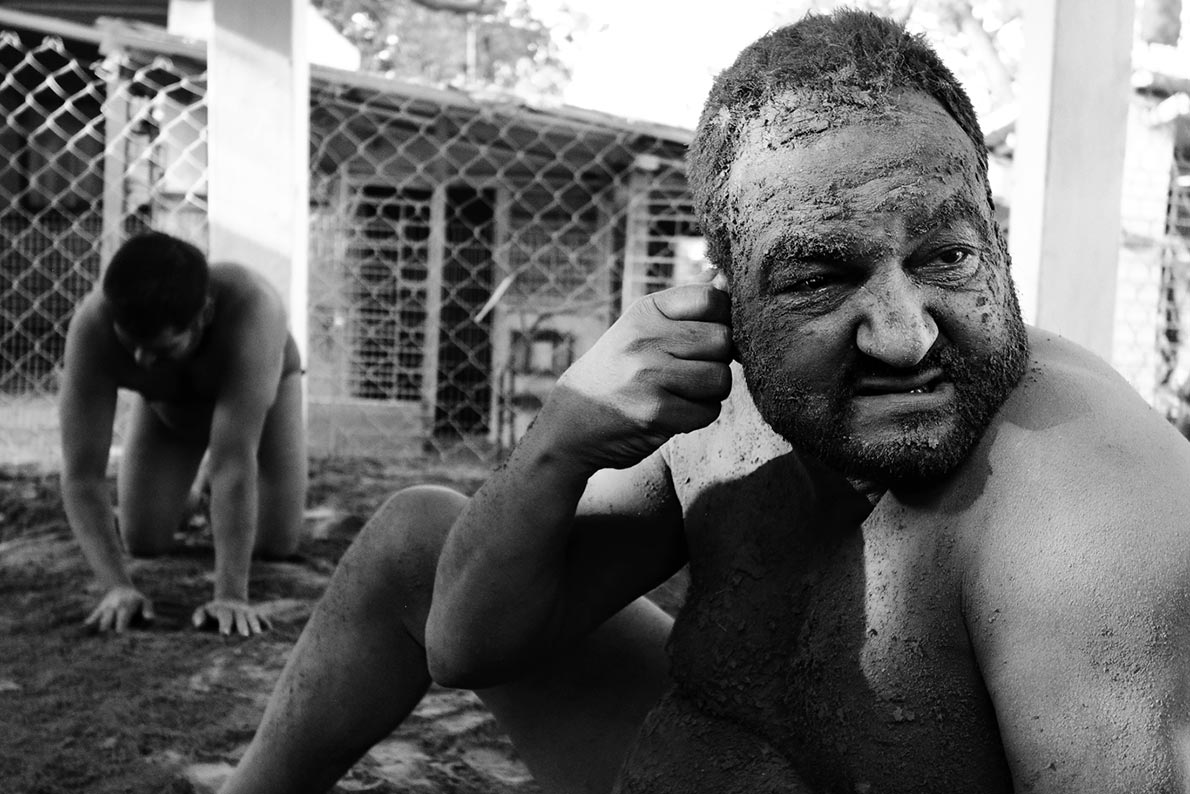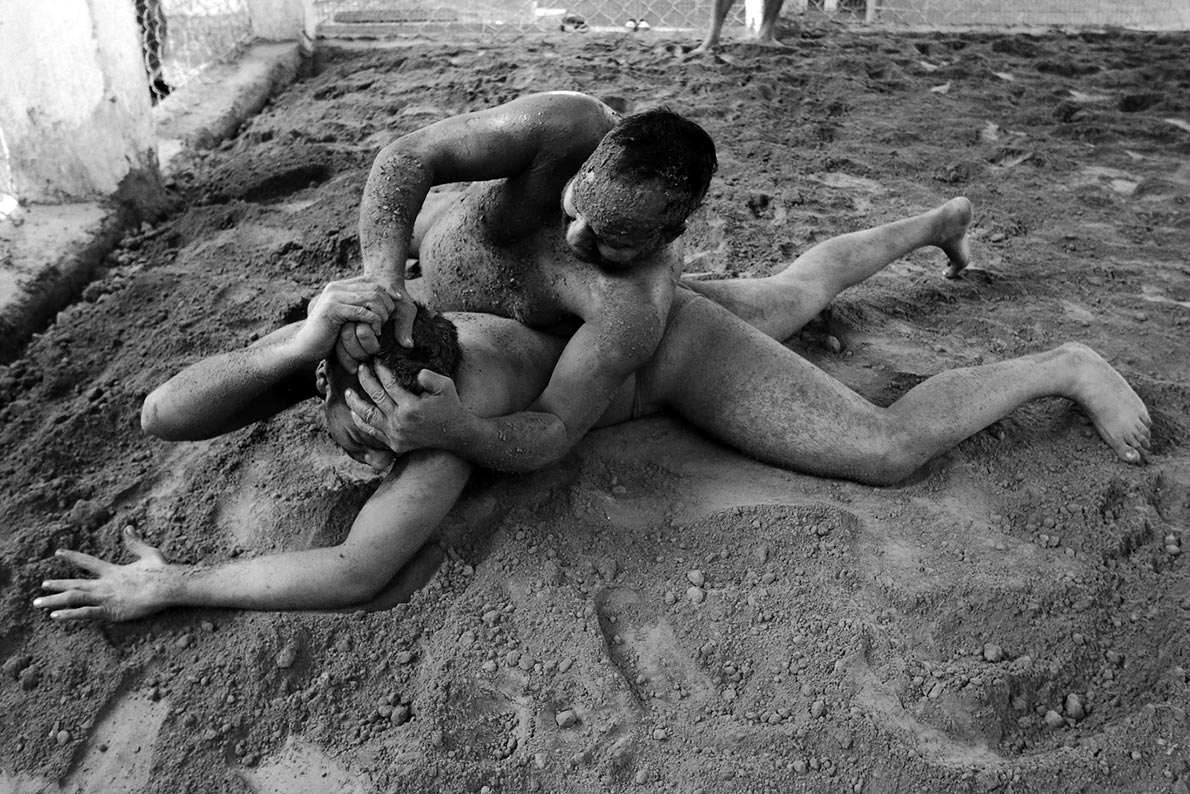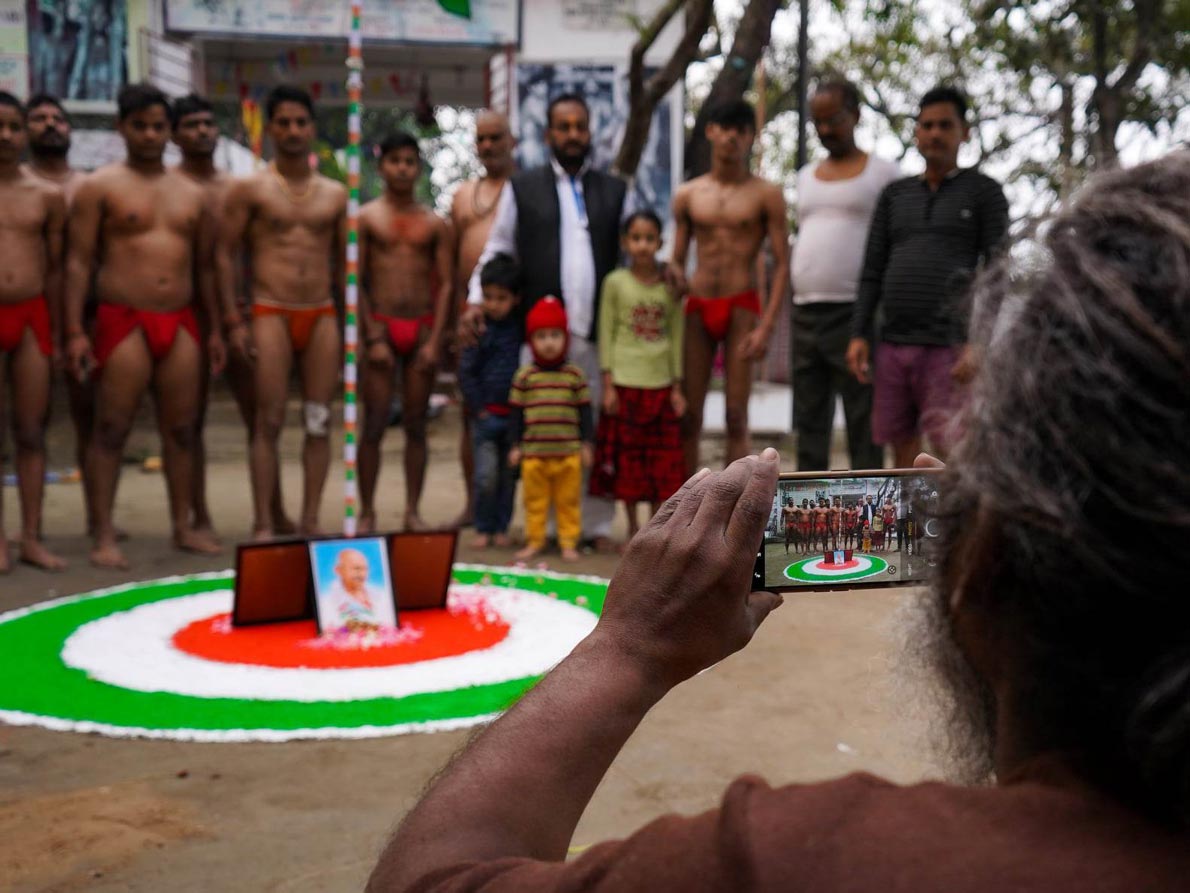A Tribute to Jwala Tiwari
‘Kushti’ is a Hindi word that means wrestling. The place, where Kushti is practiced and performed, is called ‘Akhada’. Wrestlers are known as ‘Palowan’ in Bengali and ‘Pehelwan’ in Hindi. The origin of kushti can be traced back to the time of “malla-yuddha” in both the Ramayana and the Mahabharata, two famous Indian ethics.It has been in practice for three thousand years. Therefore, it won’t be an exaggeration to say that Kushti is an indigenous form of wrestling in the Indian subcontinent.
Modern Kushti started 400 years ago. Local malla-yuddha was subtly influenced by Turkish and Persian wrestling after invasion by Mongol Turk and Mughals and it gave rise to modern Kushti.

The Real King… Right at the Heart of Kolkata
Many of us have watched Dangal or Sultan. Wrestling was the pivotal theme in both movies. In real life, we have hardly seen any real-life pehelwan. It is interesting to note that Kolkata has a rich tradition of Kushti. “Anushilon Samiti” – the name sounds familiar? We can find this name in India’s history. They were closely associated with India’s freedom struggle. It was a Kushtiakhara (wrestling pit).
Jwala Tiwari is not a familiar name in India. Evenonly a few Kolkatansknow his name. It is really unfortunate, especially after considering the fact that he kept the tradition of wrestling alive in the City of Joy.
Jwala Tiwari was the owner of the Mullick Ghat Akhada, a 35-year old akhara at Chotelal Ghat, Kolkata. It really hurts to know that a national level mud wrestler like him struggled a lot to maintain his Akhada. In fact, he got no government funding to keep the tradition of Kushti afloat.He represented Bengal in many competitions till mid-90s and won silver and bronze medals. Though Jwala specialized in clay pit wrestling, he competed and won in different categories of wrestling.

He started his wrestling journey in 1961. He played his part in popularizing Kushti among the teens and youths. He trained girls and they became the national-level winners. The man breathed his last on 1st January, 2023. He was suffering from cardiac problems for the last few years.
His akhara organizes wrestling events after Durga Puja and in New Year. He used to take keen interests in organizing these events. Professional wrestlers usually do not come from rich families. So, Jwala used to help many young wrestlers so that they could get their correct diet. Jwala got neither government job nor any funding. As a result, he had to take the job of a parking attendant in his sunset years to keep his family and akhara afloat.
Professional Wrestling
Any kind of mud is not used for wrestling; rather it must be very special. It is collected from the banks of river Ganga and then, mixed with salt, oil and neem leaves. Usually, a wrestler visits the banks every morning for mud and crushes it with his hands as a part of his warm-up before wrestling. Gradually, the mud becomes soft.
The wrestlers rub the mud all over their face and body from time to time. It is done to maintain body temperature. The neem leaves are known for medicinal properties and so, mixed with mud to protect skin from any kind of infection. After the match, wrestlers massage each other with mud. Salt and oil mixed with mud play a key role in soothing the muscles.

Few wrestlers go against professional ethics. They break ears and make other parts numb to get advantages during matches. Jwala Tiwari always said that Kushti should be done in its true spirit. According to him, if done properly, Kushti hurts none. Unfortunately, many people do nasty things with a malicious intention of hurting their opponents in the matches.
Kushti, as a culture, flourished in many cities seated in the Ganges belt and northern India (such as, Prayagraj, Kashi and Mathura) and even in some small pockets in central India. After Independence, many professional wrestlers – most of them were from Uttar Pradesh – moved to Kolkata and Delhi. All they wanted was greener pastures and these two cities promised a great future in the 50s and 60s. In Kolkata, Kushtiakhras were mostly set up across Strand Road on Cotton Street and on the banks of the Hooghly.
Conclusion
Jwala Tiwari made every possible effort to run his akhara. He trained many wrestlers. Jwala Tiwari’s name came to limelight after his match with Dara Singh ended in a tie after several rounds. The match was organized at Howrah Maidan in 1957. Wrestling is not a full-time profession for many wrestlers. Hence, they need to depend on other sources for their survival. Jwala was one of the last clay pit wrestlers. These days, mat wrestling is getting popular and youngsters are switching to it. After Jwala’s death, a chapter of Kolkata’s wrestling has ended.

